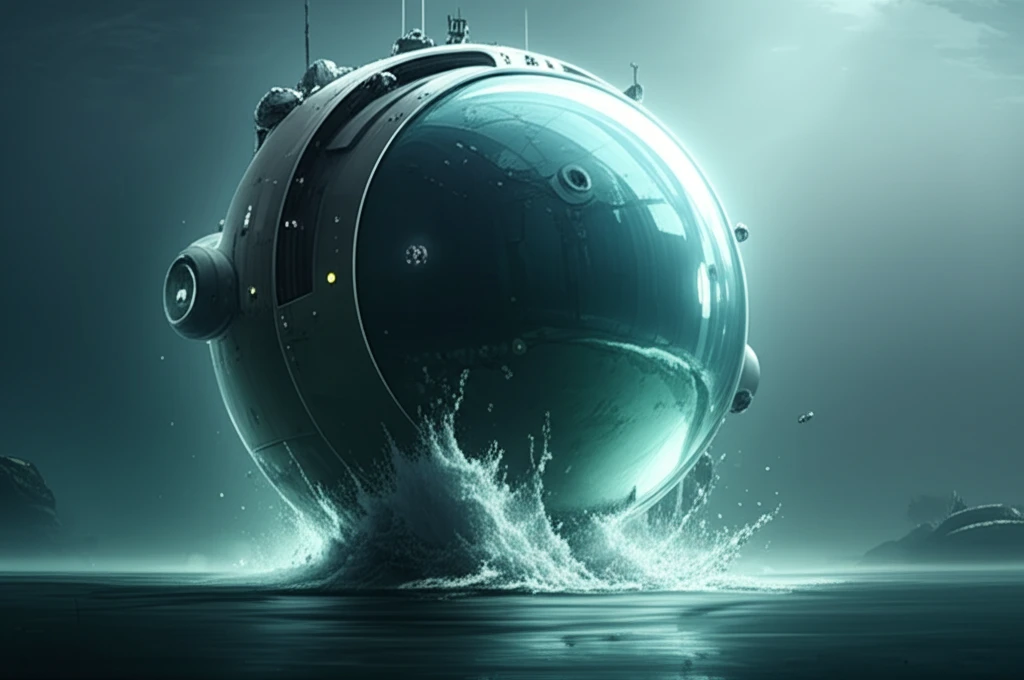
Unlocking Ocean Depths: How Understanding Sphere Water Entry Can Revolutionize Marine Technology
"Dive into the science of sphere water entry and discover its potential to transform underwater vehicles, search and rescue operations, and more."
The moment an object pierces the water's surface is more than just a visual spectacle; it's a complex dance of physics that scientists and engineers have been studying for decades. Understanding this phenomenon, particularly the water entry of spheres, holds immense potential for a variety of applications, from designing more efficient naval vessels to improving the accuracy of oceanographic instruments.
Imagine a sea bird diving for its prey or a rescue capsule plunging into the ocean. The forces at play during these water entry events are significant, impacting the object's trajectory and the surrounding environment. By creating accurate models of these dynamics, we can optimize the design and performance of technologies used in these scenarios.
Recent research from the University of St. Thomas delves into the intricate details of sphere water entry, focusing on the presence of deep-seal cavities—air pockets that form behind the sphere as it enters the water. This study not only enhances our understanding of the physics involved but also paves the way for more effective underwater technologies.
The Science Behind the Splash: Modeling Sphere Trajectories

At its core, the research tackles the challenge of predicting a sphere's path as it enters and moves through water. This isn't as simple as it sounds. Factors like the sphere's mass, velocity, and the properties of the water all play crucial roles. Moreover, the formation and collapse of air cavities behind the sphere significantly influence its motion. The researchers developed a piecewise model, breaking down the water entry process into distinct phases to account for these dynamic changes.
- Phase I: The initial impact, from the moment the sphere touches the water until it's submerged to a depth of one radius.
- Phase II: The sphere continues to descend to a depth of one diameter, with a trailing cavity forming behind it.
- Phase III: The sphere moves beyond one diameter, and the model adapts to account for changes in drag and other forces.
Transforming Marine Tech: The Future is Underwater
This research provides a foundation for future innovations in marine technology. By accurately predicting the behavior of objects entering water, engineers can design more efficient underwater vehicles, improve search and rescue operations, and develop better oceanographic instruments. As our understanding of sphere water entry deepens, so too will our ability to explore and utilize the vast potential of the ocean.
